Our patients with sports injuries are treated with the latest research-based approaches and advanced technologies for athletic rehabilitation. Proper rehabilitation not only ensures better performance, but provides a safeguard against future injuries.
Athletic injuries often cause compensation strategies that become habitual over time. This can lead to inefficient muscle recruitment patterns, asymmetrical muscle tension, and loss of confidence in the injured limb. In effect, the brain “forgets” how to recruit, coordinate and fire muscles in the most efficient way.
At NYDNRehab, we use real-time feedback retraining to restore optimal neuromotor pathways between the brain and body. Our advanced technologies enable us to build strength, agility and confidence, to reduce the risk of injury upon return to play. Our rehabilitative protocols are progressive, offering greater challenges as the injury heals and rehab approaches its end goal.


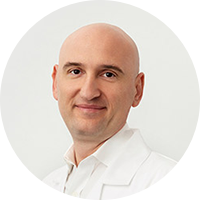
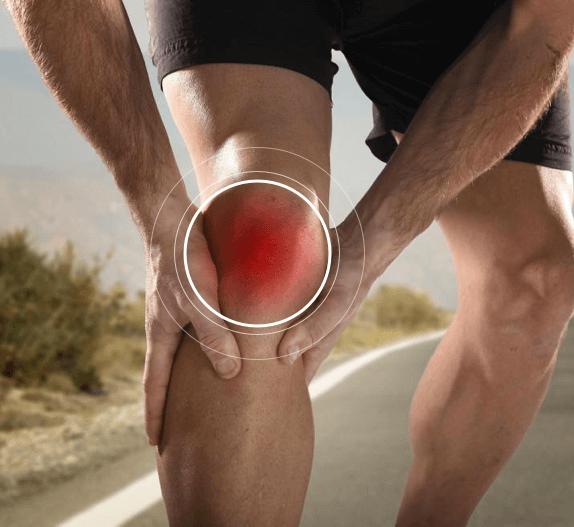
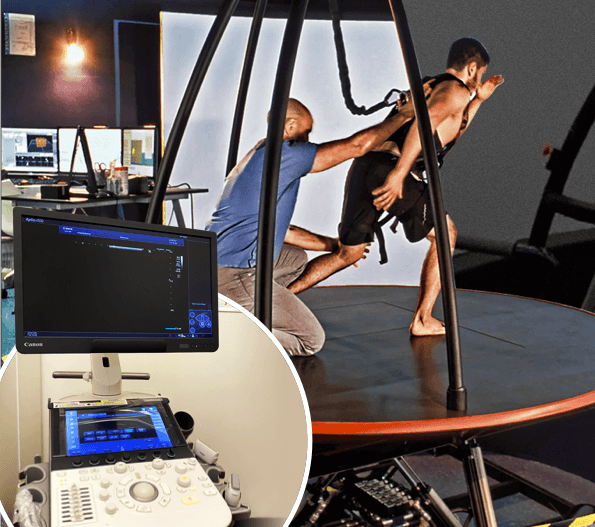
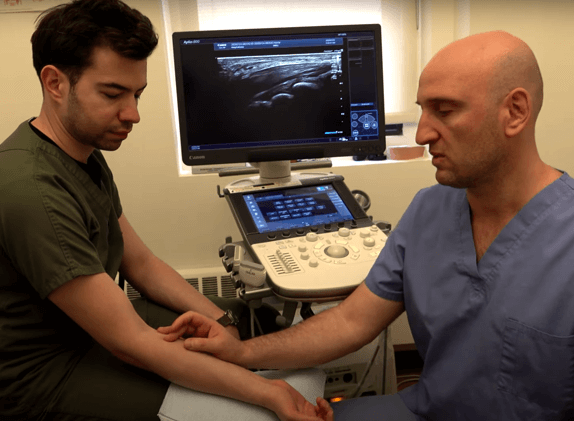



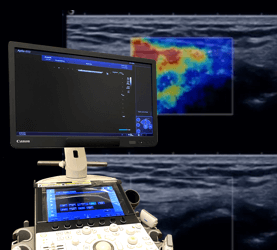
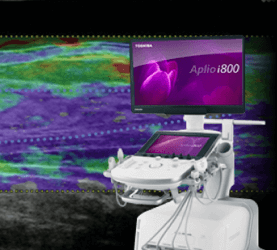
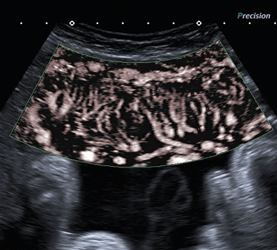
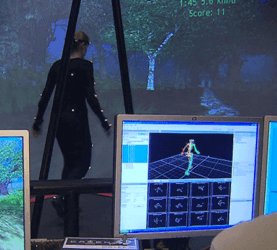
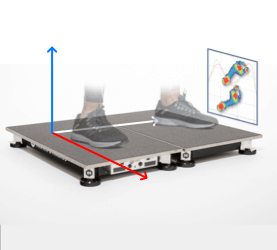
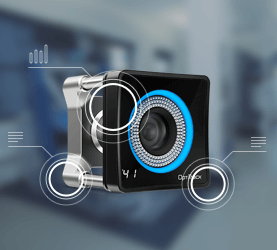
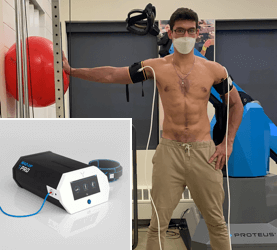
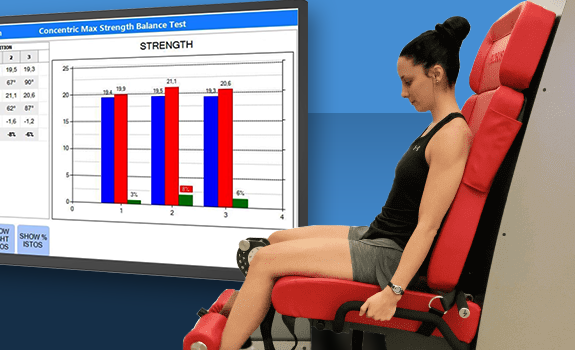
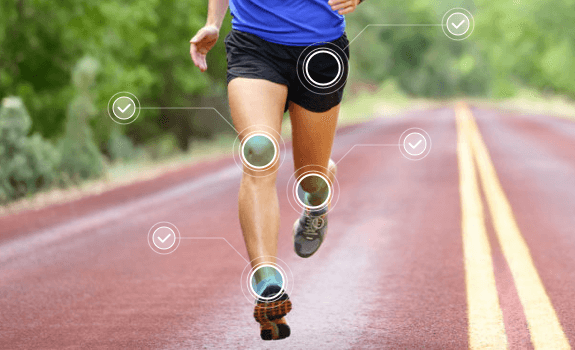
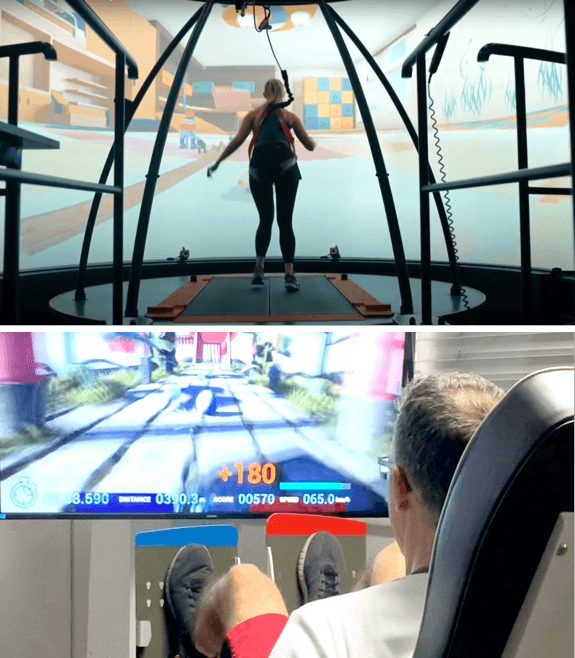
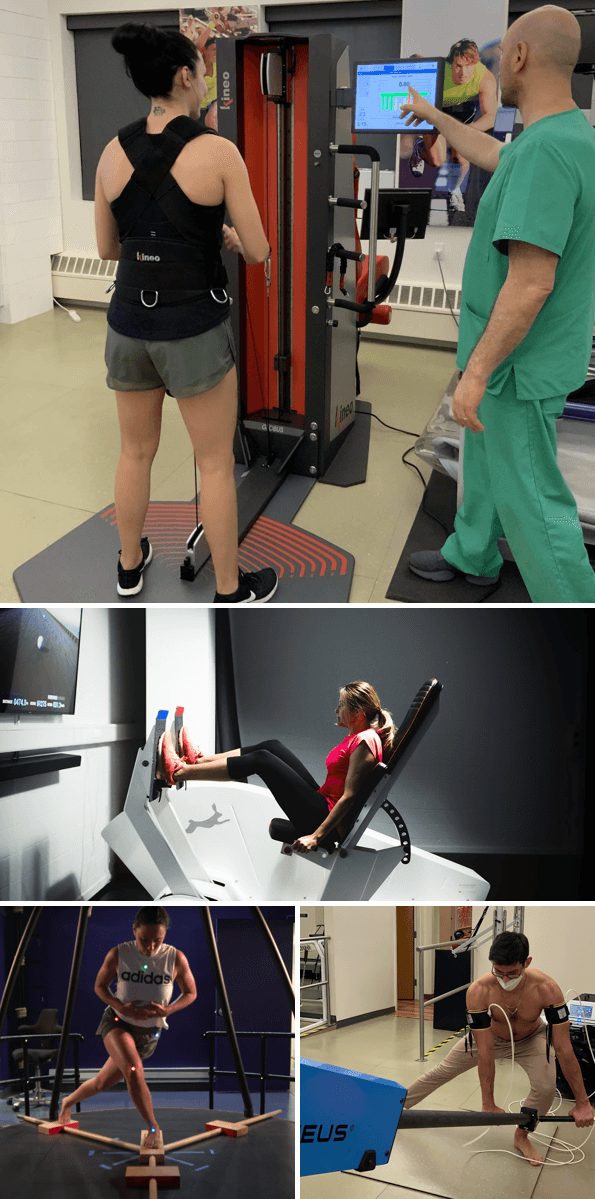
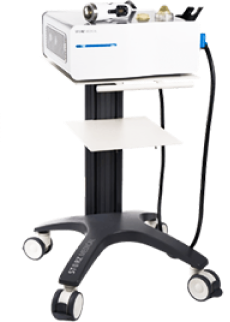
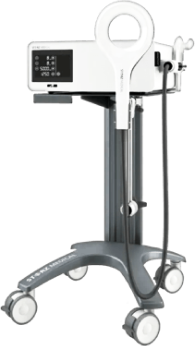
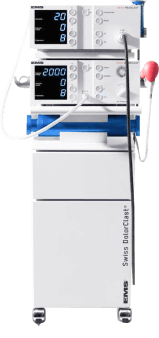
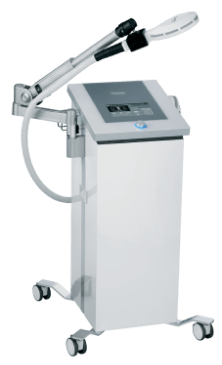
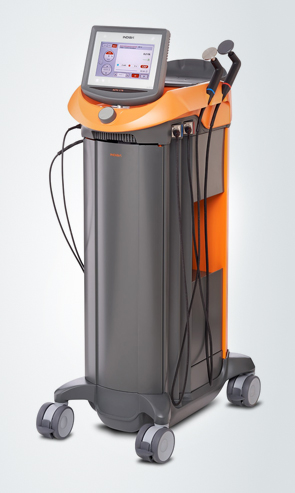
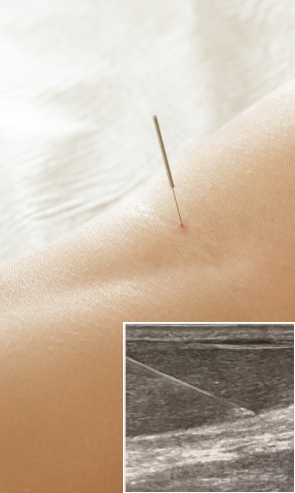

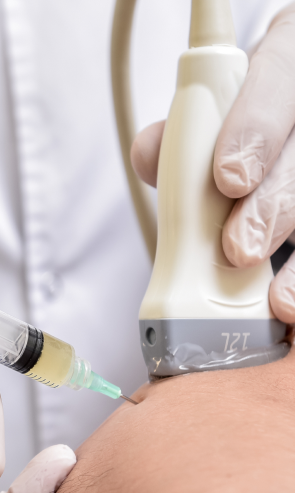


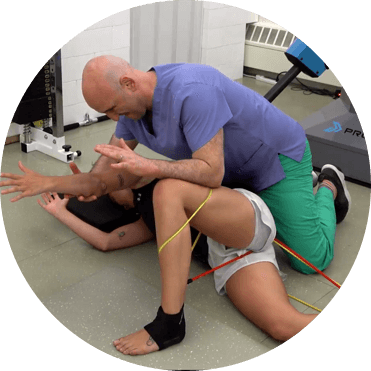
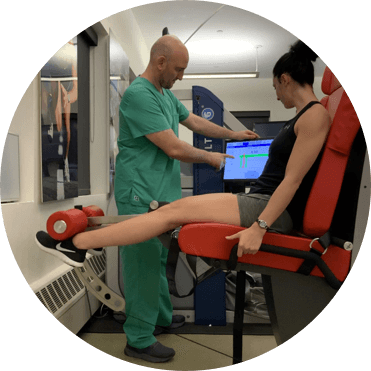
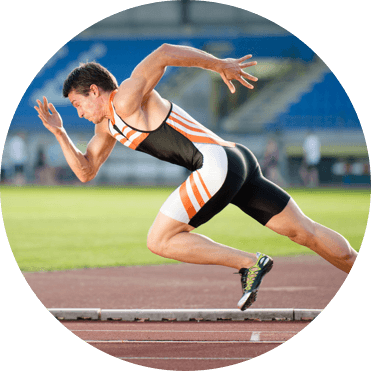
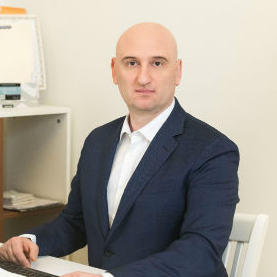


























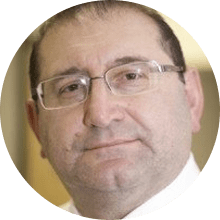 Dr. Mikhail Bernshteyn
Dr. Mikhail Bernshteyn  Dr. Michael Goynatsky
Dr. Michael Goynatsky 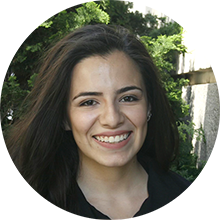 Dr. Daniela Escudero
Dr. Daniela Escudero  Dr. Michelle Agyakwah
Dr. Michelle Agyakwah  Dr. Tatyana Kapustina
Dr. Tatyana Kapustina 































